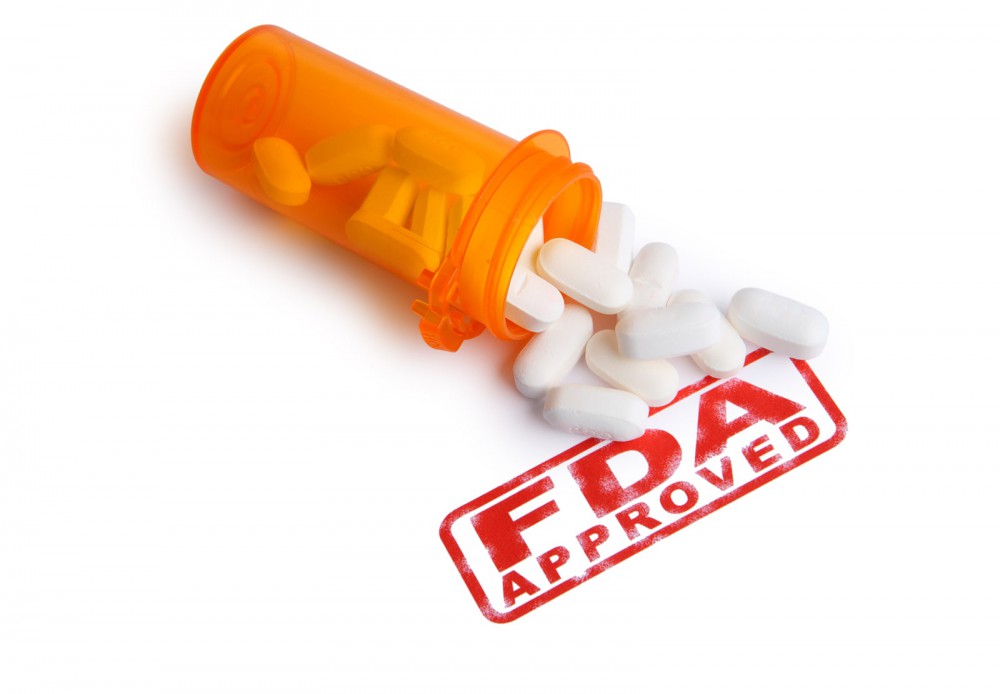
In 2015, the Food and Drug Administration (FDA) approved the highest number of drugs with never-before-sold ingredients in 19 years, according to an article by CBS News.
There were 45 such drugs approved in 2015, up from 41 in 2014 – and the most since 1996.
“FDA drug approvals are considered a barometer of industry innovation and the government’s efficiency in reviewing new therapies,” according to the article.
The pharmaceutical industry has focused in recent years on developing drugs for rare or hard-to-treat diseases. Those drugs often are approved after streamlined reviews and are afforded additional patent protections while fetching higher prices.
Noteworthy new drugs
For listings of all 45 drugs, click here to access the FDA website. Some of the notable newcomers include:
- Orkambi from Vertex Pharmaceuticals, which is used for treating cystic fibrosis by improving lung function. A year’s supply costs $259,000.
- Pfizer’s Ibrance, which treats breast cancer. It costs $118,200 annually.
- Daklinza, from Bristol-Myers Squibb, which costs $63,000 a year and treats hepatitis C.
- Addyi – The drug from Valeant Pharmaceuticals International’s Sprout unit, which the FDA previously rejected in 2010 and 2013, boosts women’s sex drives.
- Amgen, Inc.’s Imlygic, which fights melanoma skin cancer with a modified herpes virus.
- Spritam, from Aprecia Pharmaceuticals – The first 3D-printed drug treats epileptic seizures.
Price concerns
The high price of drugs is an ongoing topic for consumers, Congress and presidential candidates. The two leading Democratic candidates, Hillary Clinton and Bernie Sanders, have both discussed measures for limiting prices.
However, the FDA does not have a say in prices during its approval process.
You Might Also Enjoy: FDA Lifts 30-Year Ban on Blood Donations by Gay and Bisexual Men
Prognostications improve
Drug companies are doing a better job of determining which drugs are most likely to make it through research and development, according to the article.
“Between 2007 and 2011, only 1-in-19 drugs entering early-stage testing actually reached the market, according to industry data analyzed by Bernstein’s Tim Anderson. Today, 1-in-13 early-stage drugs make it to market.”
While the prognostications are getting better, it’s taking longer to get those drugs to market. The process now lasts about 14 years, compared to 11 years in the late 1990s. Factors cited for the increased time include more complex drug trials and greater amounts of data sought by health insurers.
Even with added demands, the trend toward increased numbers of new drugs is expected to rise: Between 2016 and 2020, IMS Health projects that 225 drugs will be approved worldwide.
No guarantees
Even if a drug makes it through the approval process, it doesn’t mean it will become a best seller.
The previously mentioned Addyi – dubbed a female Viagra – sold poorly at first, according to Bloomberg. Where Viagra was prescribed nearly 600,000 times during its first month on the market, Addyi was prescribed just 227 times.
Factors suggested for the low interest include the need for users to refrain from drinking alcohol while taking the daily pill and the fact that the pill helps only about 10% more patients than a placebo.









